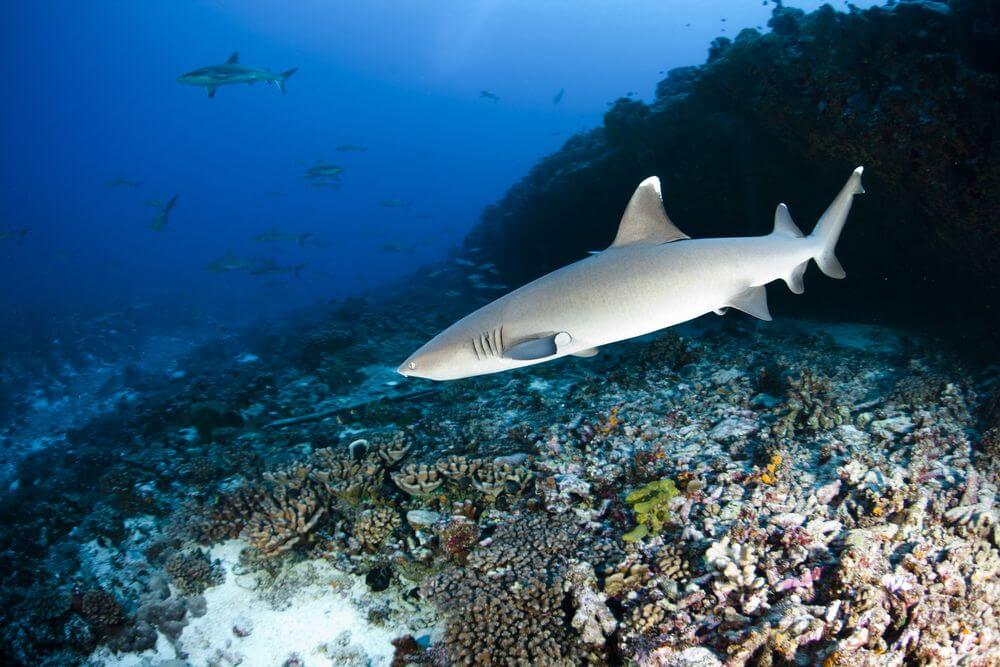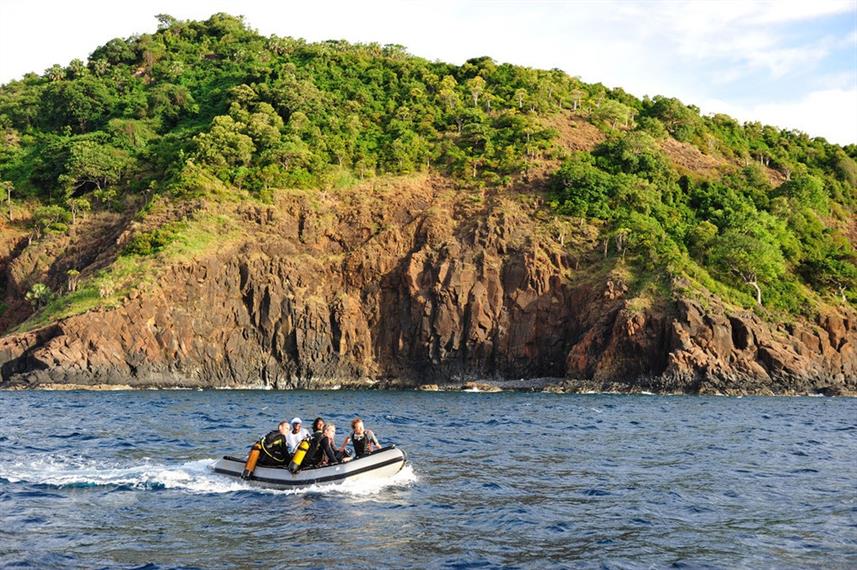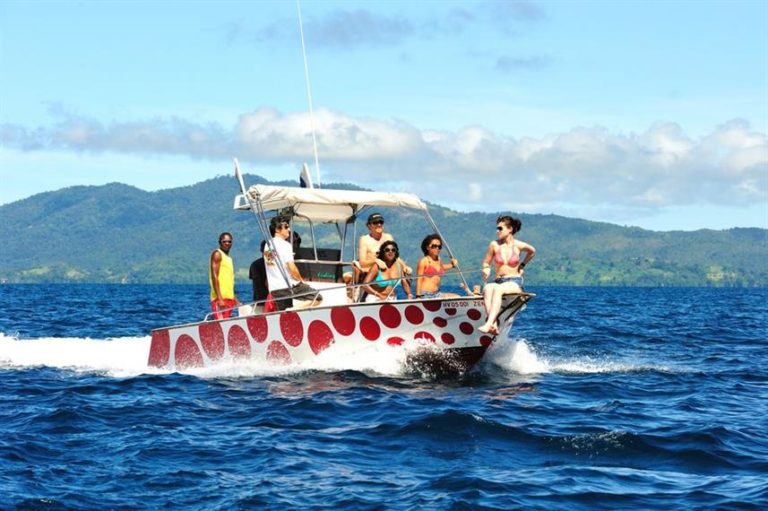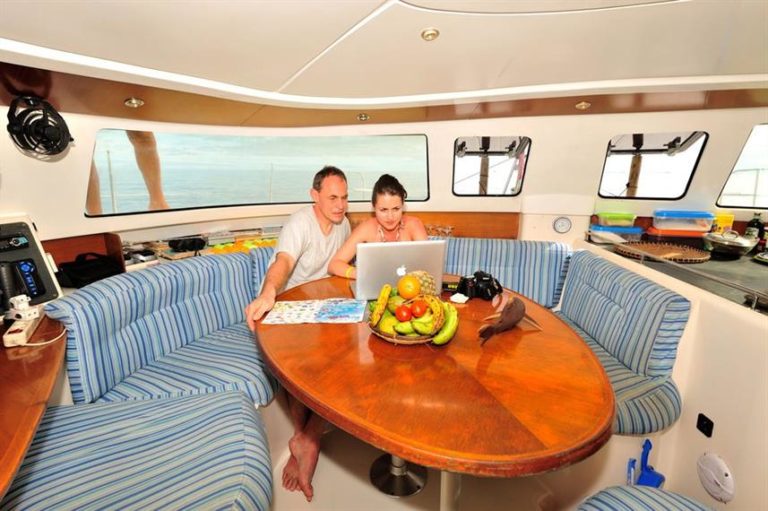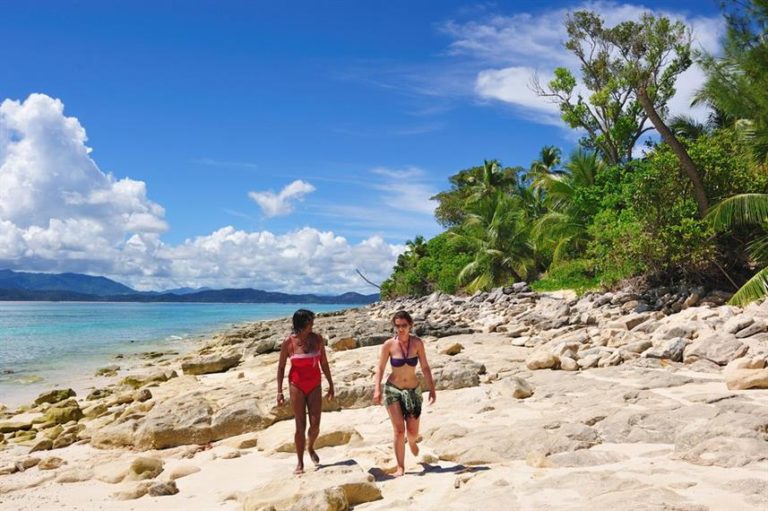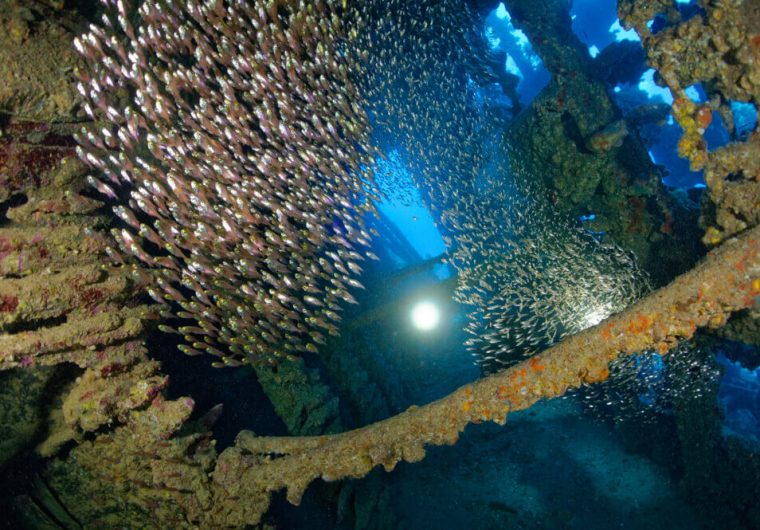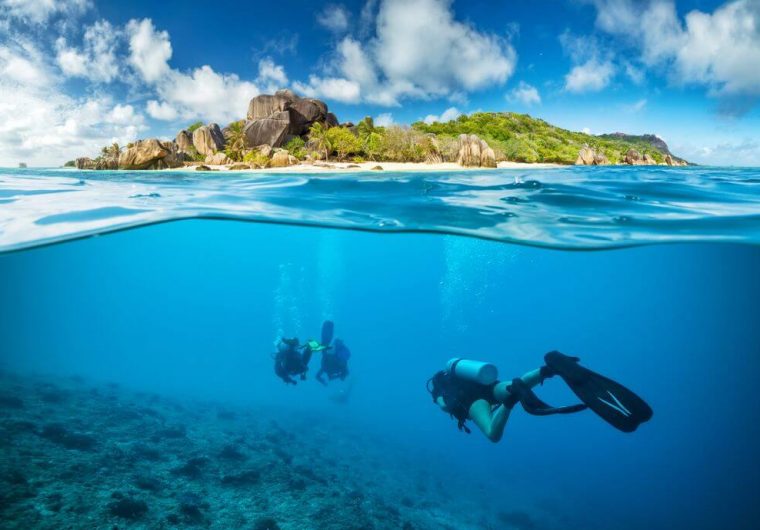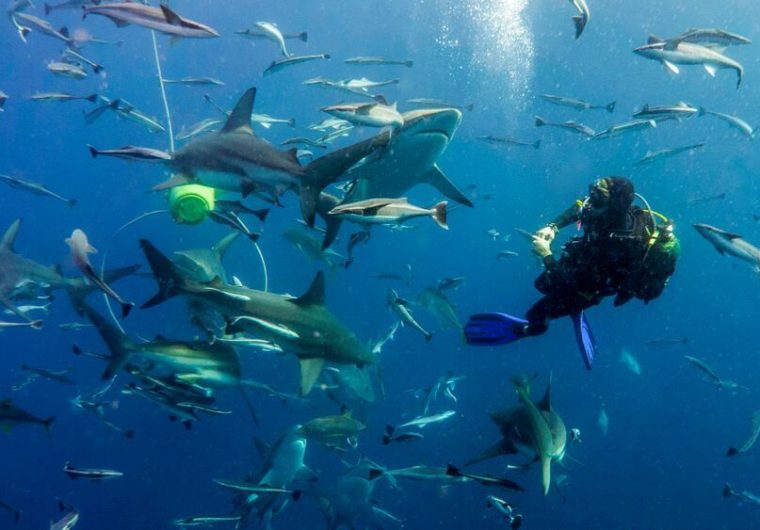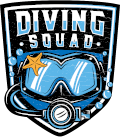
The Best Madagascar Liveaboard
When most people think of Madagascar – the world’s fourth largest island found off Africa’s east coast – images of lemurs and endemic wildlife probably come to mind.
But as a Diving Squad member who’s in the know, you’re aware that Madagascar provides some of the most unique scuba diving opportunities around.
There must be something special about an isolated island that claims over 300 coral species, 56 species of sharks, over 34 of whales and dolphins, and five of the seven known types of marine turtles!
You can be sure that your steadfast Diving Squad wants nothing more than to help you get the most out of your Madagascar Liveaboard Experience – we’re here to help!
Here, you’ll find a comprehensive, one-stop guide for all you need to know about Madagascar liveaboard diving.
Beyond the quick look table below, you’ll find details about our top Madagascar liveaboard pick along with important diving information, like weather, diving conditions, and the best time to dive in Madagascar.
Plus, we’ll give you thorough descriptions of Madagascar’s top diving destinations, along with some of the incredible marine life you can expect to encounter.
Huddle up, squad mates, and let’s get this briefing started!
Table Of Content
- Best Madagascar Liveaboards – Quick Look
- Best Madagascar Liveaboard Of All Time
- Madagascar Liveaboards – What You Need to Know
- Diving Insurance in Madagascar
- Squad Inventory – Scuba Gear in Madagascar
- Madagascar Liveaboard Packing List
- Diving Season in Madagascar
- Madagascar Liveaboard Destinations:
- Mitsio Archipelago
- Radames Archipelago
- Squad Debriefing and Similar Reads
- Diving Squad and Marine Conservation
Mad Madagascar Facts!
QUICK LOOK - The Best Madagascar Liveaboard
| Best For | Liveaboard | Daily Cost (Euros) | Max Guest Capacity | Itinerary Length (Nights) | No. Of Logged Dives Required | Months of Operation | Destinations | Check Best Price | |
|---|---|---|---|---|---|---|---|---|---|
| Hands Down Best Madagascar Liveaboard | Oceane’s Dream | € (133 on average) | 8 | 6 Days, 5 Nights | 30 | April – December | A: Radama Archipelago B: Mitsio Archipegalo | GET BEST PRICE |
Madagascar Liveaboard Reviews
- A diving-centric adventure catamaran that accommodates an intimate group of eight guests, with four double-cabins equipped with en-suite bathrooms and central air conditioning
- Visits popular dive sites in the Radames Archipelago, like Bay of Russians and Greg’s Wall; or the Mitsio Archipelago to sites like the Tetons and the Four Brothers
- From €133/day
- Operates year round
One liveaboard dive boat lives up to all the Diving Squad’s expectations for a quality Madagascar liveaboard experience – and that’s the Oceane’s Dream.
It focuses only on dive cruises specifically in Madagascar, and, in fact, offers two amazing itineraries to two of Madagascar’s most pristine and diving-rich areas. Let’s take a detailed look at this Madagascar diving star.
This catamaran cruiser is equipped to host an intimate diving crew of up to only eight lucky guests. Even for such a small number, there is still an onboard crew of four, plus an experienced diving instructor, which means guests can expect top-notch attention and service.
Socialize post-dive and enjoy a free glass of wine with dinner in the outdoor dining area with your fellow liveaboard mates. Your hungry diving belly will appreciate the delicious Western and local fine cuisine provided by the onboard chef! Then relax and compare favorite marine sighting highlights in the small indoor lounge.
All this will get you ready and energized for the main attraction of your Madagascar liveaboard holiday – the diving. In this department, the Oceane’s Dream’s two available itineraries will certainly not disappoint.
The Mitsio cruise sails its small group to top sites around the five islands that define the Mitsio Archipelago. Diver-favorite sites like the Tetons, Bench Little Beaver, and the Four Brothers wow visitors with an underwater candy shop filled with bright coral, sponges, gorgonians, turtles, dolphins, schools of reef fish, barracudas, sharks, and whale sharks.
You’ll also get the pleasure of some onshore treats, like a village tour of Nosy Lava Island and a stopover at the gorgeous beach of Tsarabajina Islan
The Radames Diving Cruise tour includes pristine diving in the Mozambique Channel off the four islands that make up the Radames Archipelago. Tanikely Island, Greg’s Wall, and the Bay of Russians are just some of the possible dive site highlights that await this Madagascar catamaran’s liveaboard guests.
Divers can expect caves with abundant marine life, colorful hard and soft coral, giant sea fans, hammerhead sharks, whitetip sharks, barracudas, rays, turtles, and more. An opportunity to meet local villagers on one of the islands and a guided nature walk on the famously beautiful beach of Turtle Island add even more to your Madagascar experience.
If liveaboard scuba diving in Madagascar has been on your must-do checklist, then this is the way to go! With such personalized attention on the diving and unique opportunities to explore the best of Madagascar, at just 133€/night, we believe the Oceane’s Dream can’t be beaten.

Madagascar Liveaboards - What You Need to Know
Diving Insurance in Madagascar – It’s absolutely essential that you’re covered by proper diving insurance before you start your liveaboard adventure. Find out more.
Scuba Gear in madagascar– You’ll need to either bring along your own scuba gear or rent it from the liveaboard for an additional fee.
Madagascar Liveaboard Packing List – To ensure an enjoyable and comfortable trip, there are several must bring items.
Madagascar Diving Season – The diving season in Madagascar is considered to be year-round, but there are some seasonal conditions that affect liveaboard diving. There are also some months to consider for special marine creature sightings.
Weather in Madagascar –
Madagascar has subtropical, warm weather. From November to April, the average air temperature is 21°C. Air temperatures from May through October usually range from 15 to 20°C.
Water temperatures are consistently warm, with an average 25°C from July through September. They can get as high as 29°C in the summer months (January through March).
Madagascar Diving Conditions – It’s not unusual to encounter strong currents at many dive sites throughout Madagascar, which require more advanced diving skills.
Sites with less current and mellow drifts, however, are available for beginner divers. Shallow reefs and protected areas, like the marine park of Nosy Tanikely, offer such conditions.
Ocean Dream’s liveaboard excursions do require Advanced Open Water certification with at least 30 logged dives, so that’s something to keep in mind.
Water Visibility in Madgascar –Madagascar’s water has the best visibility from May to December, when divers can expect anywhere from 15-30 meters of visibility.
During this time, large tides of plankton can be known to affect this, but of course, this also offers the opportunity to witness some of the large pelagic life that comes with it!
National park fees – For your Madagascar Liveaboard, these are included in the liveaboard fee. Phew!
SPLASH! It’s important to remember that scuba diving is an extreme sport. Accidents can happen. Sorry to burst anyone’s bubble.
What’s more, because diving can take you all around the world, it’s absolutely essential you make sure you are properly covered by the best scuba diving insurance before leaving your home country.
We recommend going with Dive Assure. Why?
- Unbeatable prices.
- They offer both short term and long term insurance.
- Cover loss of diving equipment, emergency medical and evacuation expenses and flight/accommodation costs following injury.
Diving Season in Madagascar - Best Time to Dive in Madagascar
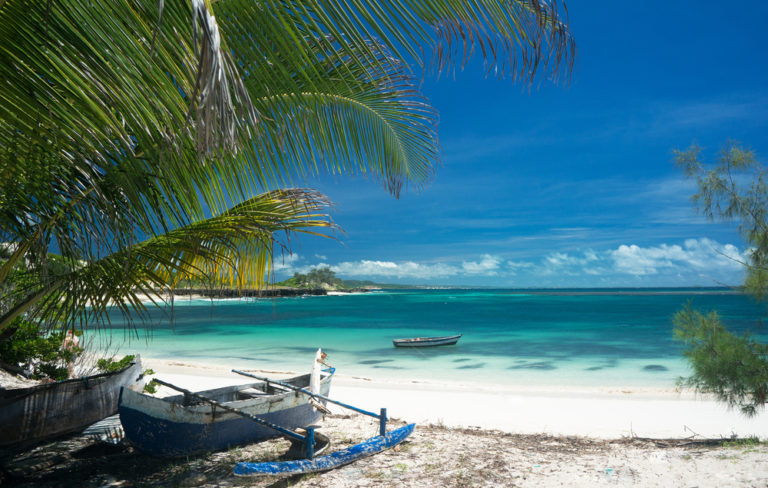
January – March: These months make up Madagascar’s cyclone season. With high winds, rain, and overall unpredictable weather, the Oceane’s Dream doesn’t offer cruises during this time, and most dive centers are closed.
May-December: This time is considered the best period for diving. Visibility is better because the stormy weather has passed, and diving is in full operation. July and August – Madagascar’s coolest months – are considered the high season. But all months outside of cyclone season offer excellent conditions.
Divers who want to witness the humpback whale migration to the island should consider the months of June – September, which is their mating and birthing season. At the end of August, whales and their new calves are regularly seen swimming in Madagascar’s waters. For whale shark enthusiasts, your best chances of meeting these gorgeous guys are from October to November.
Madagascar Liveaboard Destinations
Mitsio Archipelago
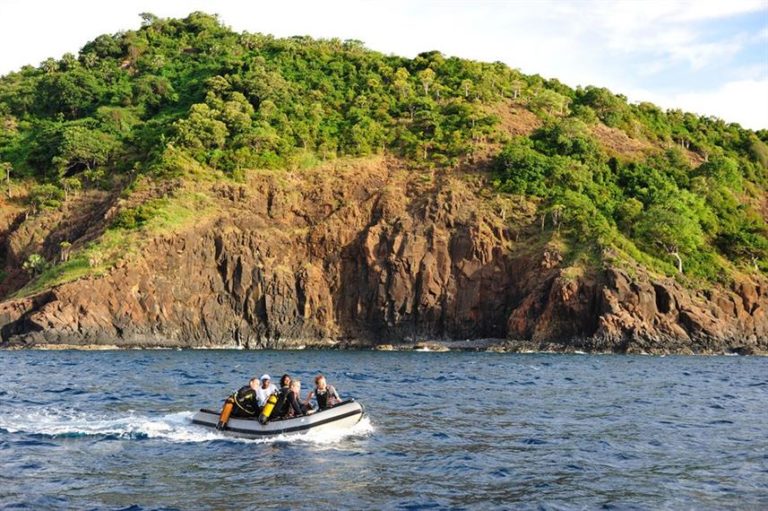
Five islands make up the Mitsio Archipelago – La Grande Mitsio, Nosy Ankarea, Nosy Lava, Tsarabanjina, and the Four Brothers. With an average diving depth of 15-25 meters, divers of all levels are in for an unforgettable experience.
The seabed is home to an abundant population of marine creatures as shallow as just two meters, where divers can observe a large variety of coral fish, corals, and gorgonians.
On this cruise, divers are also likely to encounter rays, sharks, barracudas, turtles, whale sharks, and so much more. Weather and tide conditions may affect specific dive destinations visited, but this will give you an idea of the popular dive sites you can expect to dip your fins into:
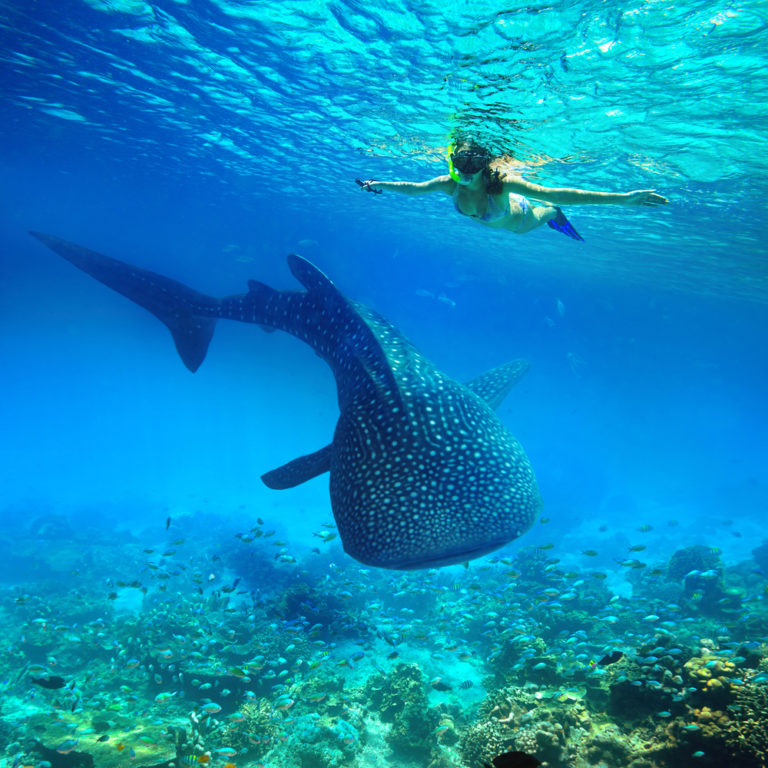
The Tetons:
With a max depth of 20 meters, this site creates the ideal underwater wonderland for new divers. Newbies and advanced divers alike will marvel at the vibrant life that inhabits this gorgeous coral reef, like surgeonfish, angel fish, clown fish, harlequin sweet lips, and rays.
Including all the color that the sponges and soft coral add to the scenery, you can guarantee you won’t be disappointed taking a plunge here.
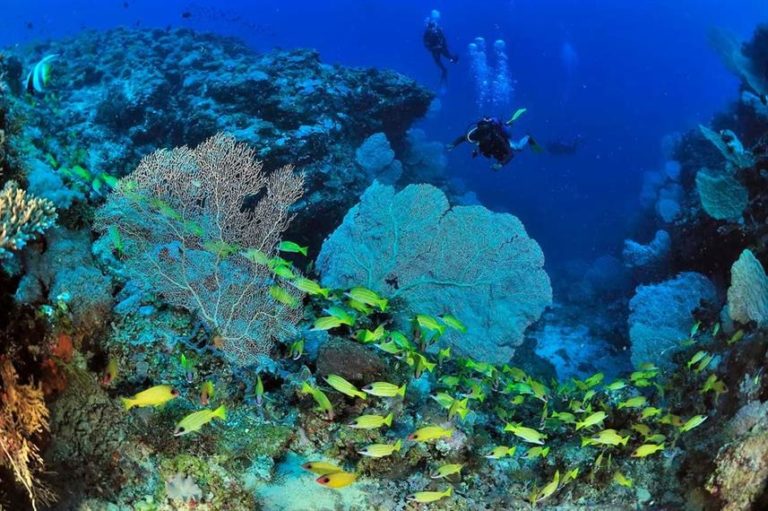
Bench Little Beaver:
This uncrowded reef tantalizes divers with a plateau carpeted by brightly-colored coral and roaming leopard sharks. You can also expect sightings of larger creatures like white tip sharks, gray sharks, reef sharks, and trevally.
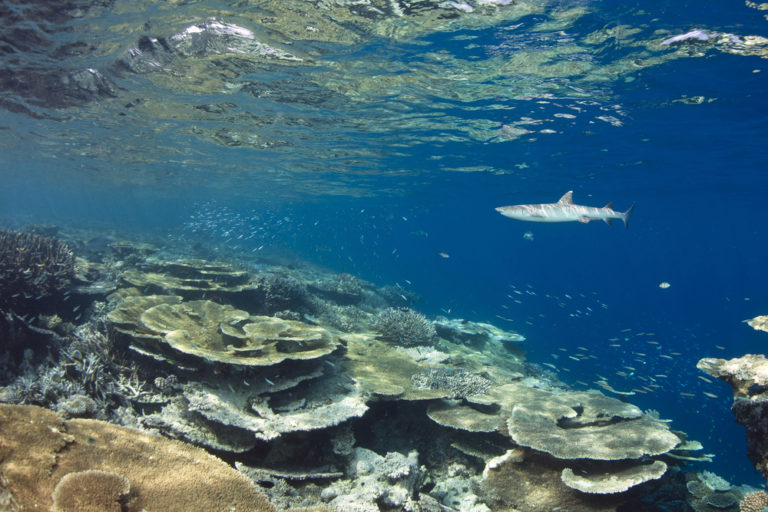
Bench of Ankarea:
A wondrous seabed that lies at a depth of 15 to 25 meters, this site offers a mellow dive, where divers of all levels can take in its coral-covered plateau inhabited by turtles, grey sharks, and fusiliers.
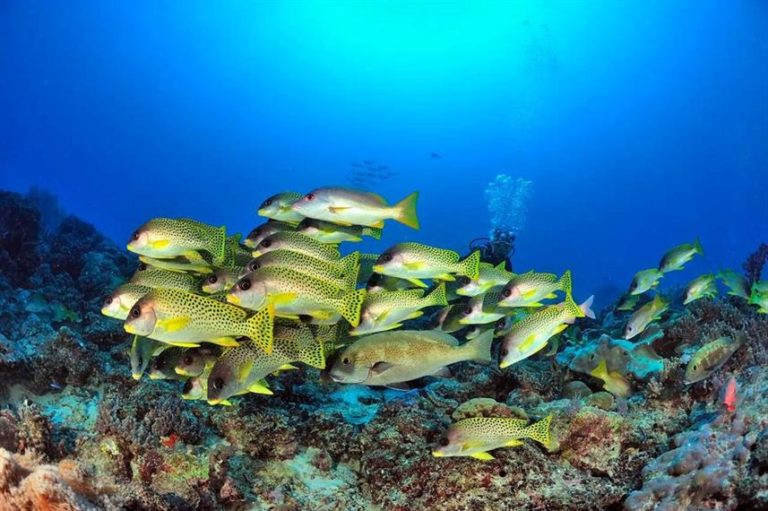
Bench of the Unicorns:
This plateau found just off Sakatia island is teeming with big schools of surgeonfish, unicornfish, and triggerfish. Take your time to explore its unique variety of brilliantly-colored coral and discover all its hidden marine gems.
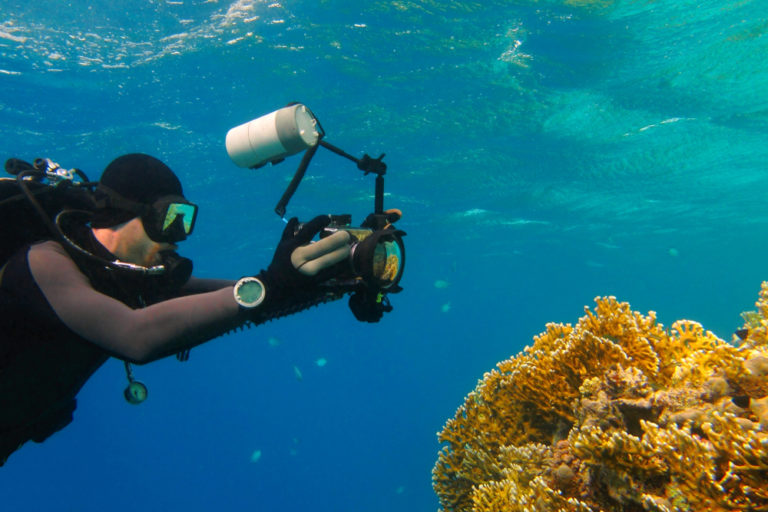
The Four Brothers:
Four 90-meter silvery-hued dome rocks form this beloved site, where lucky divers can explore 4 to 20-meter cliffs formed beneath the surface. It is home to a variety of dazzling sea life – a partial list includes unicorn fish, crocodile fish, blue spotted rays, and lobster.
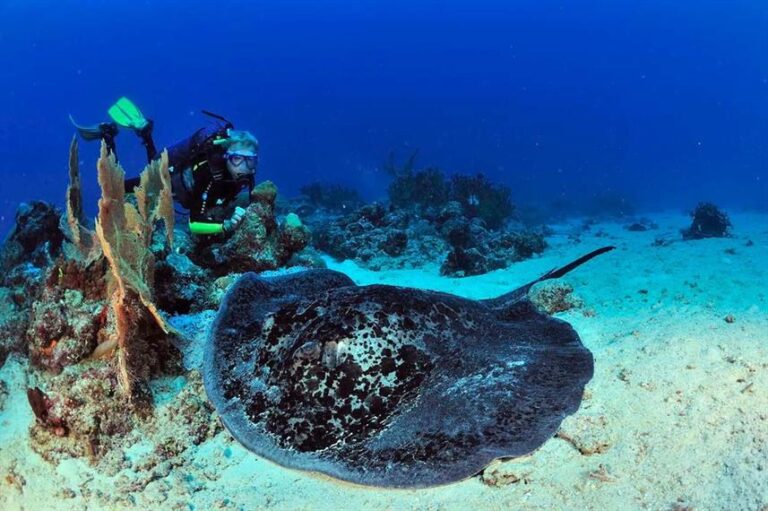
Dive into the Squads' Favourite Read
ATTENTION! Diving Squad Member – Do you love a great book? Yarp!? We already know you love diving…
Dive Atlas of the World, offers a beautifully photographed and professionally detailed tour of the worlds best dive sites, including both classics and new discoveries.
This stunningly presented book covers everything from Wrecks to Reefs, Muck Dives to Macro Photography, Blue Holes to Epic Walls and adrenaline soaked Drift Dives.
Get inspired, learn something brand new and prepare for your next diving adventure.
This is hands down the most informative, stunningly presented and all encompassing scuba diving book known to Diving Squad.
Radames Archipegalo
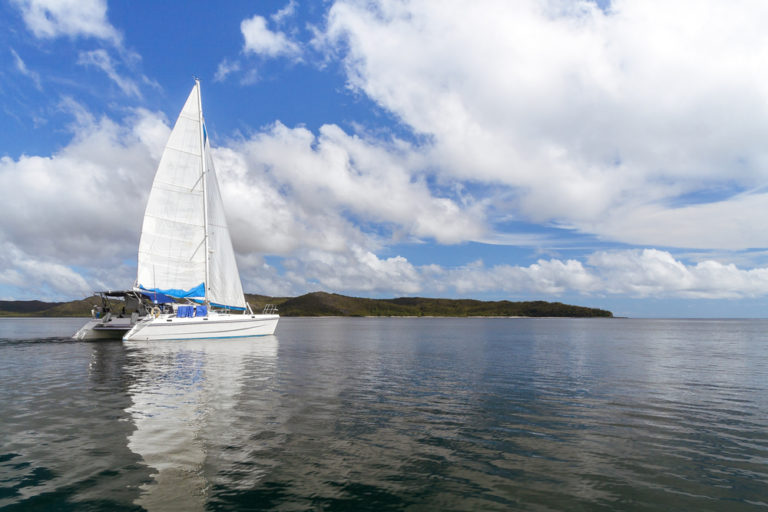
Radames Archipelago is a diving playground composed of four islands – Nosy Ovy, Nosy Kalakajoro, Nosy Valiha, and Nosy Antany Mora. These islands provide an impressive variety of dive sites and marine life sighting opportunities.
Divers can submerge themselves in pristine reefs and an unspoiled underwater environment that seems harder and harder to come by these days.
White tip sharks, reef sharks, barracudas, hammerheads, turtles, rays, and schools of rainbow-colored reef fish are just some of the encounters you can expect to have here.
Specific dive sites visited are dependent on weather and tidal conditions, but here is a sample of possible dive sites you’ll be whisked off to:
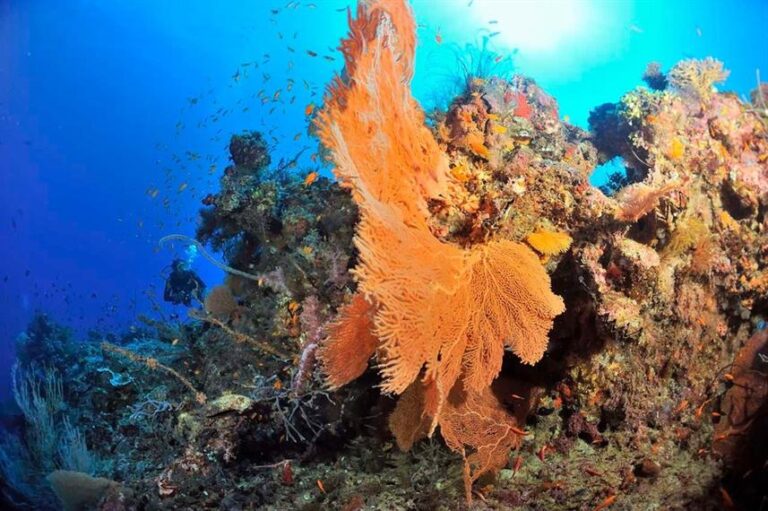
Bay of Russians:
This region is a must-see for all lovers of large marine creatures – like whales, whale sharks, manta rays and dolphins. It’s a mating and birthing site for humpback whales, and sea turtles find refuge on its white sand beaches. The coral reefs also provide plenty of opportunities to dive into a colorful fish tank of teeming reef life.
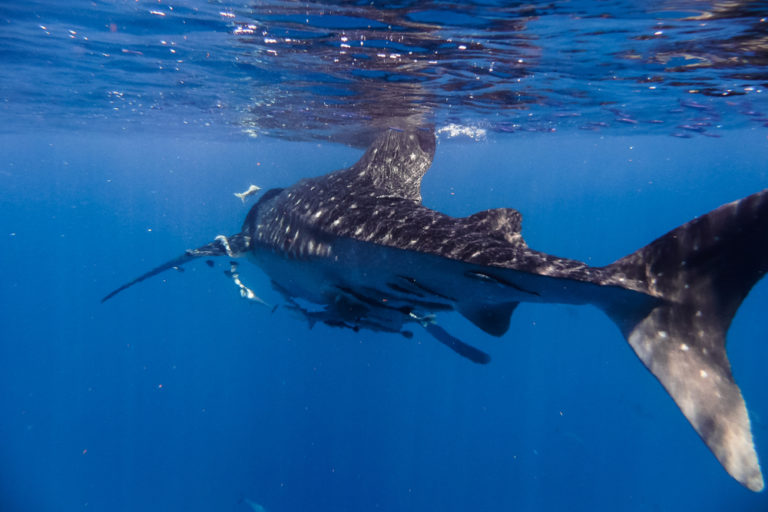
Greg’s Wall:
This steep gorgonian-covered wall that leads to a 38-meter deep cavern will delight any diver. A colorful swim through a tunnel takes divers into a vast canyon that is also decorated with a majestic collection of gorgonians. Many fish populate the cavern too, like bonitos and dog-toothed tuna.
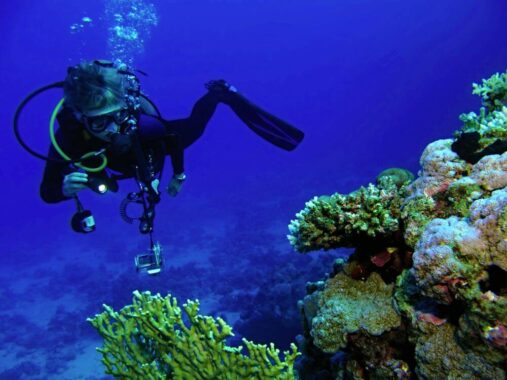
Nosy Iranja:
Several dive sites can be found in this area along a 60-meter drop off. An abundant variety of sharks convene here, including white tip sharks, zebra sharks, leopard sharks, and gray sharks. Other locals include unicorn fish, swordfish, grunts, and snappers that glide along an awesome backdrop of fuchsia-colored alcyonarians and brilliant gorgonians.
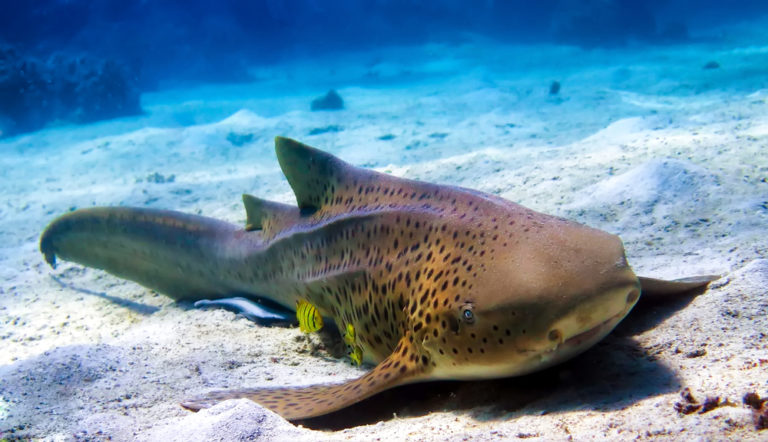
Nosy Kalakajoro:
This uninhabited island is the main one in Ramada’s archipelago. The wonderfully clear waters of the coral reef bordering the island’s west side offer plenty of marine eye-candy to dazzle its diving visitors, including a diverse variety of hard and soft coral, sponges and charming reef fish.
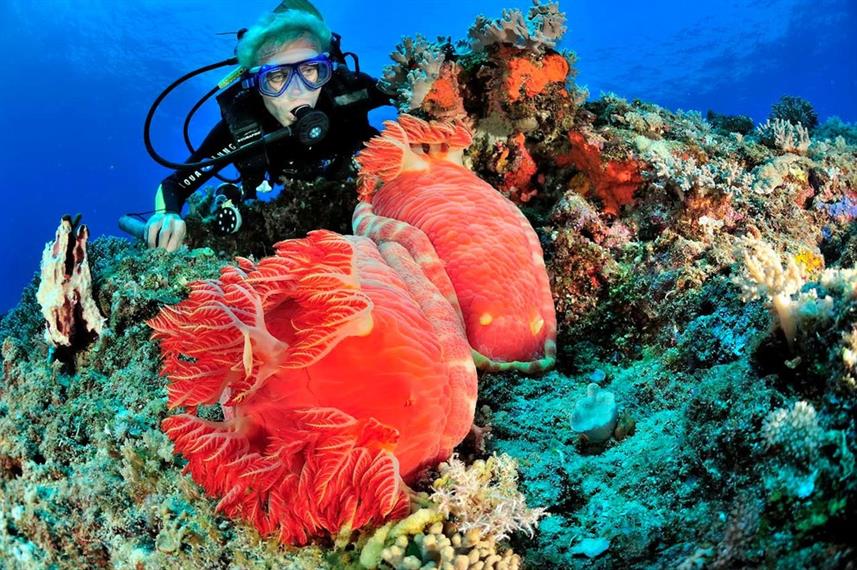
Tanikely Island:
Also known as Nosy Tanikely, this pristine area was officially made into a national park in 2011. It’s aptly considered one of the most beautiful diving spots in all of Madagascar.
The unscathed shallow reef makes this the perfect diving site for any level of diver – from novice to professional. Divers revel in the underwater display of color and vibrant marine life that inhabits its waters – soft corals, hard corals, gorgonian fans, brain corals and tube sponges of all hues.
Plus, enchanting blue spotted stingrays, lionfish, frogfish, triggerfish, and barracudas. The large groups of turtles that frequent the area are also one of its highlights.
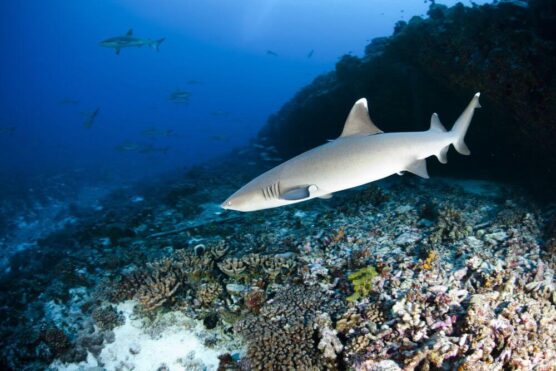
How to Give up Plastic - A Crucial Guide
Some 12.7 million tonnes of plastic enters the ocean every year, devastating the marine ecosystem by killing countless fish, seabirds, turtles, marine mammals and other creatures.
How to Give Up Plastic is the definitive guide to learning what you can do in your home, commune and workplace to start bringing about the end of our plastic dependent age.
It covers everything from easy wins such as using a reusable keep cup for your morning coffee, to lesser-known hacks like fixing a filter to your washing machine to catch some of the microfibres released from your clothes (microfibres are responsible for up to 30% of plastic in the ocean).
This is an essential overview of why we should all be working together no matter where we are in the world to reduce the amount of plastic being produce. Diving Squad is thoroughly committed to ending plastic pollution and marine conservation.
Diving Squad Debriefing
There you have it, squad mates! The full rundown on Madagascar liveaboard diving, with all you need to know about diving conditions, the types of stunning sites you can look forward to visiting, and all the underwater treasures that await.
If Madagascar’s untouched reefs, whale migrations, and impressive hosting of some of the world’s most marine species haven’t piqued your diving interest, we’re not sure what will! Your logbook is begging to get these sites recorded, so get to it!
As always, your Diving Squad is here for you and wishes you happy diving!
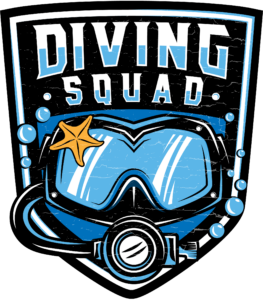
You May Also Like:
Help Diving Squad with Marine Conservation
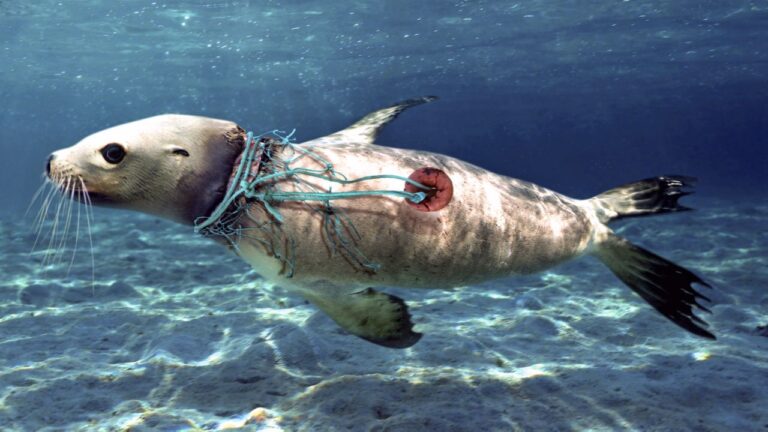
EPIC FAIL HUMANITY:
- Over 18 billion pounds of plastic enters the World’s Oceans every year. That’s enough trash to cover every foot of coastline around the world with five full trash bags of plastic (Every. Year).
- As well as containing it’s own toxic chemicals, like BPA, plastic absorbs even more potent toxins from other pollutants in the Ocean such as oil, untreated sewage and radioactive waste.
- Plastic is indestructible and never degrades. Instead it simply breaks down into smaller pieces which accumulate together, en masse.
- Today, each square mile of ocean has over 45,000 pieces of plastic floating in it.
- Plastic is mistaken for food and eaten by marine animals. Because it can’t be digested, it fills their stomachs and causes them to starve to death.
- For those “lucky” individuals that don’t eat plastic, the toxic chemicals present in every part of sea water from plastic, wreck havoc throughout the ecosystem causing changes in animals behaviour, immune systems and reproduction.
- There are 200 known ‘dead zones’, or areas deprived of oxygen and devoid of life, (area between 1 and 70,000 km²), in the world ocean, due to plastic: this number has doubled every decade since 1960.
- Chemicals in heavily polluted waters can make their way back to us and cause serious health issues like reproductive problems, hormonal problems, kidney damage, and nervous system damage.
- It’s estimated that by the year 2050, there will be more plastic in the ocean than fish (by weight). AND IT’S GETTING WORSE
The Time to Act is NOW
To Diving Squad, the grizzly stats above are appalling, tragic and completely UNACCEPTABLE. That’s why we are working hard towards combating plastic pollution in the ocean.
How do we do this? Through spreading awareness, providing informative guides on eco friendly diving and donating 10% of all profits that we make towards combating plastic pollution in the Ocean.
So, how does Diving Squad make money? Through You! Every time you click on one of our painstakingly, yet lovingly researched liveaboard, gear or insurance links and spend money – we earn a % commission thanks to affiliate partnerships.
We then donate 10% of this towards Marine Conservation Schemes that target plastic pollution.
What does this mean? It means that if you book a Liveaboard through a Diving Squad link – some of that money goes directly towards Marine Conservation. Buy a piece of Gear through a Diving Squad link?
Nice! You’ve just contributed money towards Marine Conservation. Booked yourself Diving Insurance through Diving Squad? Go, go Marine Conservation!
So help us…help you…help the Ocean. Together, we can do this.
To which Marine Conservation charity do we donate, you might ask? Our squad is already hard at work selecting the ideal candidate. The winner will be announced at the end of 2019. Have a suggestion? We’d love to hear… If we pick your suggestion, there just might be something in it for you…
Contact us at: Alex Hatton: ajhatton55@gmail.com (Grand Admiral at Diving Squad).

